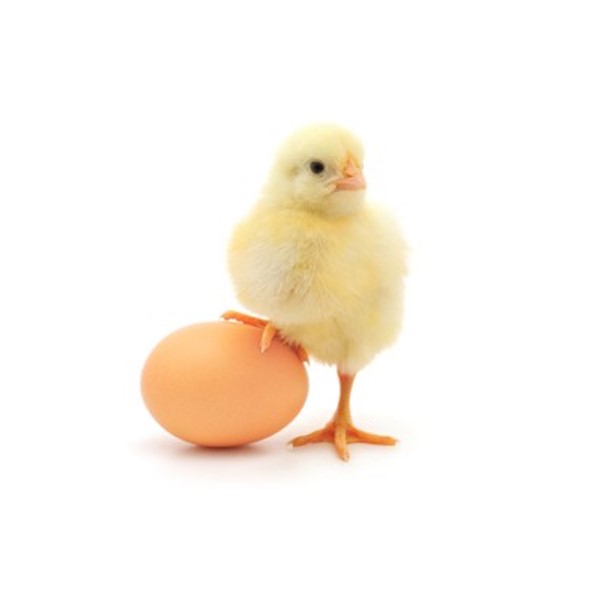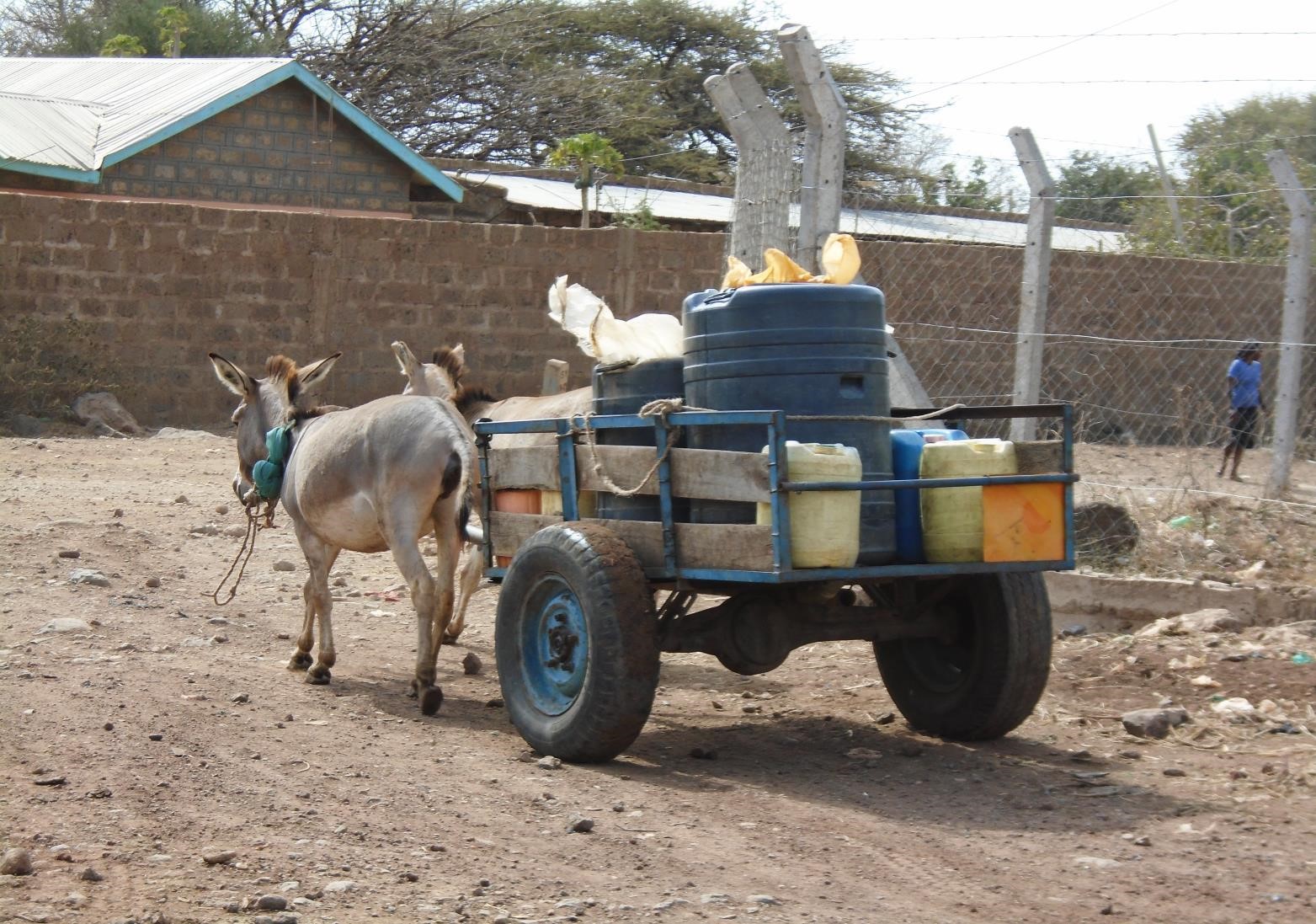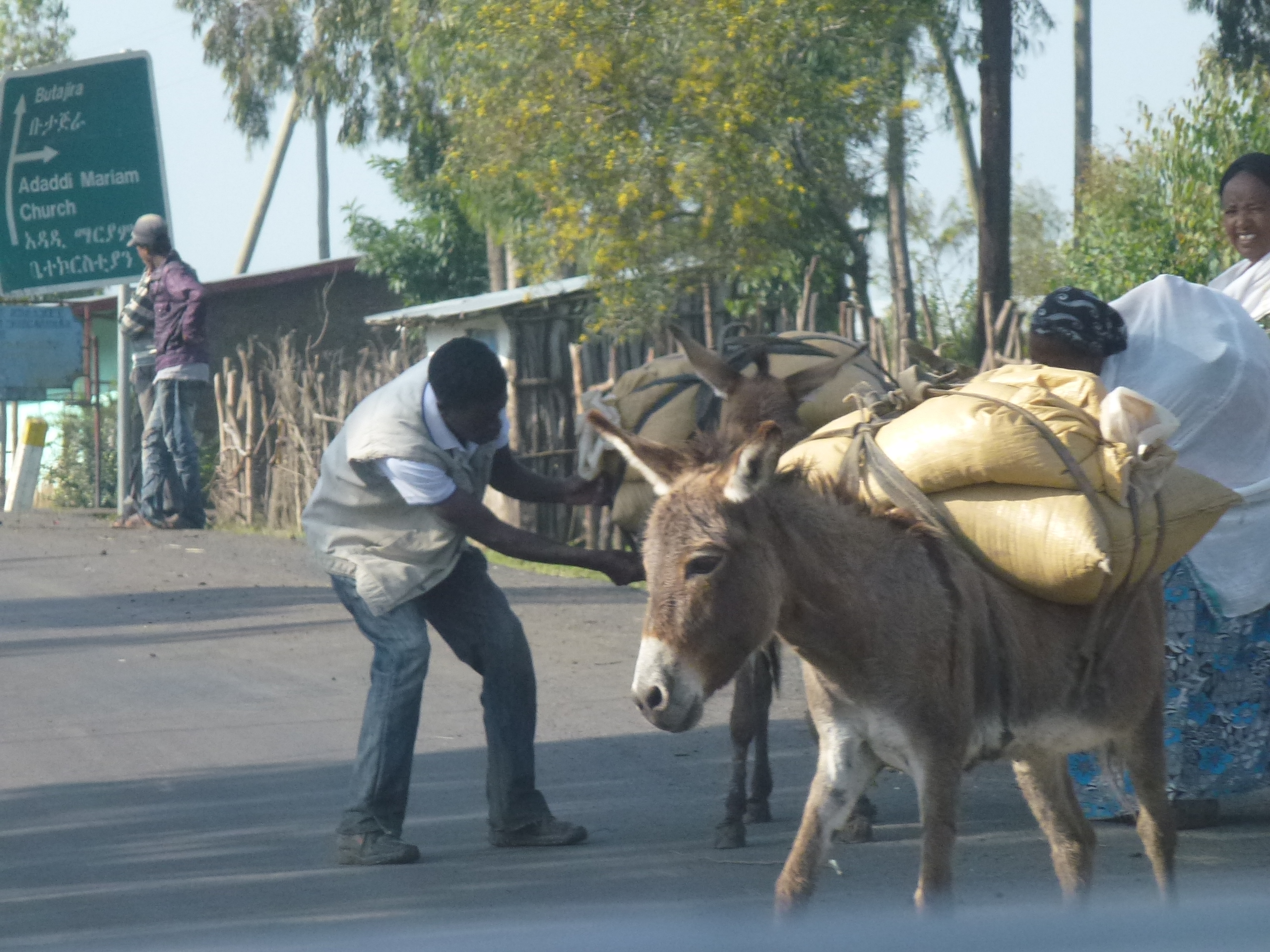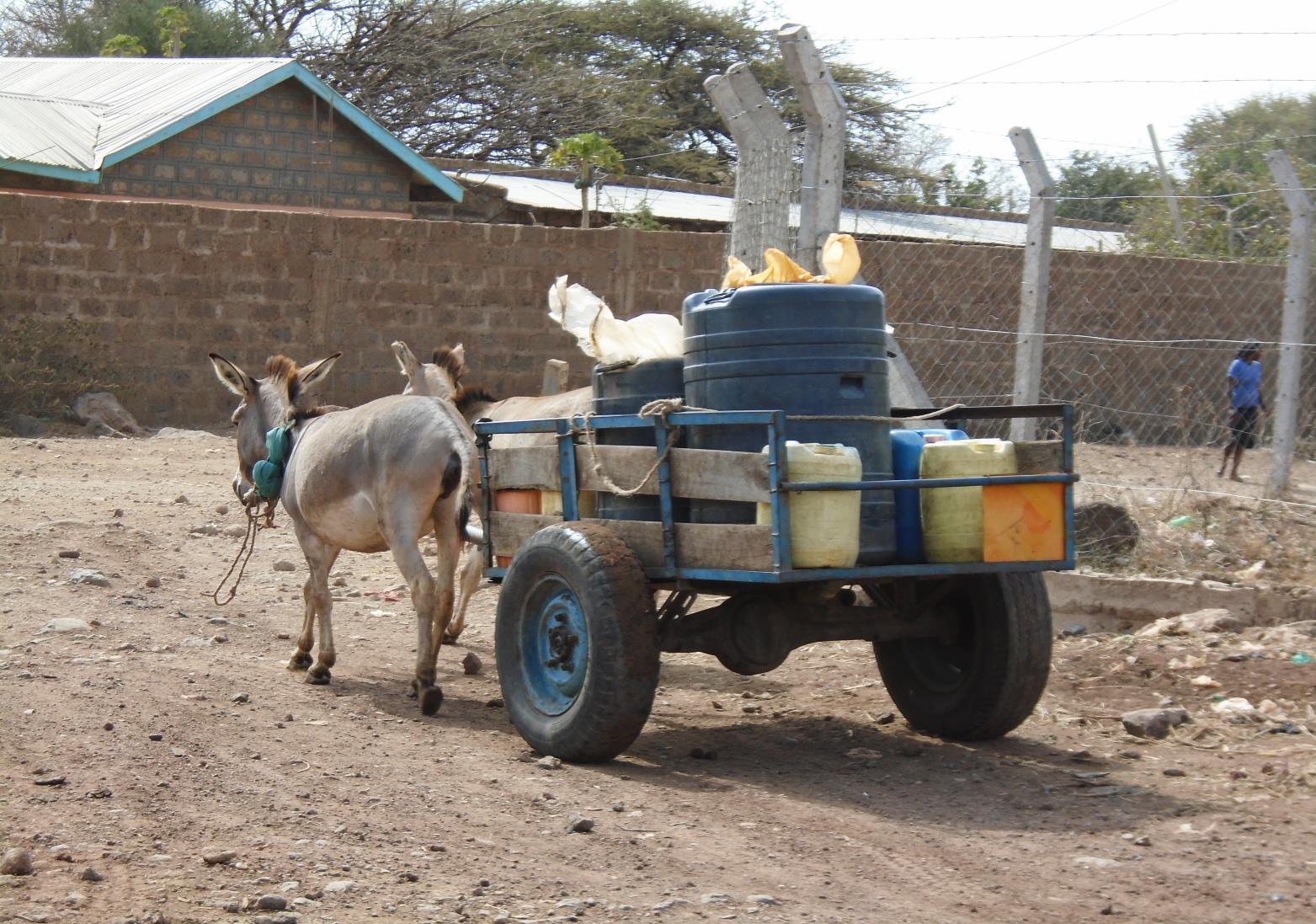
In recent years, the demand for diverse products of donkey origin has escalated rapidly, with a particular interest in the premium products resulting from donkey skins. To satisfy this demand, the legal and illegal trade of these products has recently increased, causing major impacts on the livelihoods, the health and welfare of donkey populations and the environment worldwide.
Donkey
Picture (c) T. Hunt (oie) 2012.
Socially and culturally, the donkey’s role varies widely depending on the communities in which it lives and works, contributing in many aspects to the socio-economic development of the community. In many countries, they are used for transport and traction contributing to households’ livelihoods and benefiting communities as a whole. Donkeys may be of direct or indirect use in production and commercial activities.
Specifically, they contribute to agricultural production and food security by transporting, for instance, water and fodder for other livestock, firewood and other daily needs to the homestead and agricultural products to the market. As other equids, they provide draught power for agricultural work and transport, and they may supply manure, milk, meat and skins for household use or income.
In recent years, the demand for diverse products of donkey origin has escalated rapidly, with a particular interest in the premium products resulting from donkey skins. To satisfy this demand, the legal and illegal trade of these products has recently increased, causing major impacts on the livelihoods, the health and welfare of donkey populations and the environment worldwide:
For all these reasons, the global donkey population is now at risk, particularly in Africa where donkeys are a key target of the skin trade.
As part of its mandate, the World Organisation for Animal Health (OIE) develops international Standards aimed at improving animal health and welfare worldwide. These standards are developed in a responsive, science-based and transparent process (learn more about the OIE standard-setting process) and published in the OIE Terrestrial Animal Health Code, after being adopted by its 182 Member Countries.
A full section (section 7) contains standards on animal welfare and some of them are dedicated to welfare during transport (by sea, land or air) and slaughter of animals. By becoming Members of the OIE, countries commit to implement these Standards and incorporate them into their national legislation as a way to protect animal health and welfare, including donkeys in this particular context.
A specific chapter on Welfare of Working Equids has been adopted in 2016 by OIE Member Countries to complement the broad range of standards relating to the welfare of terrestrial animals. It applies to equids, including donkeys, that are destined, used for, or retired from, traction, transport and generation of income. Even if they were not specifically developed for equids used to produce meat or other products, many of them can be implemented to improve the management of their living conditions and the treatment of their diseases and injuries.
To better support national Veterinary Services in the implementation of OIE international Standards, several actions are taken by the Organisation, governed by the 2017 OIE Global Animal Welfare Strategy (GAWS).
Through its Regional Representations, the OIE has supported the development of Regional Animal Welfare Strategies(RAWS) and platforms as a means to provide a framework and guidance for countries, through the development of agreed action plans. The details of these strategies vary from region to region addressing the specific regional contexts. Several capacity building activities have also been organised in Middle East, Europe and Asia and the Pacific regions to ‘train the trainers’ helping countries implement best animal welfare practices during transport, pre-slaughter and slaughter stages in conformity with OIE Standards.
In the specific case of Africa, the Animal Welfare Strategy for Africa (AWSA) has been developed in 2017 by the African Union – Interafrican Bureau for Animal Resources (AU-IBAR) with OIE involvement as a member of the steering group and through a consultative and participatory approach with African Members states, the Regional Economic Communities and other key animal welfare organisations across the continent and worldwide. This approach enabled an examination of the animal welfare status, the identification of the main issues faced on the continent, and the establishment of key priorities and intervention areas. The strategy seeks at transforming the animal resources sector through adoption of good animal welfare practices, covering the full range of animal welfare challenges. To guide the AWSA implementation and ensure the achievement of its objectives, an African Platform for Animal Welfare (APAW) has also been put in place bringing together different regional stakeholders involved in the topic. The APAW works in synergy based on agreed regional programmes in support of the action plan that will be implemented over four years (2018-2021).
In the AWSA, inadequate understanding by value chain actors of the value of animal welfare, inappropriate husbandry practices and inadequate implementation, enforcement and monitoring and evaluation of animal welfare interventions are described as part of the main issues faced in the region due to a lack of adequate knowledge (other issues are listed here). Therefore, one of the objectives established is to attain behavioural change, educate, inform, promote awareness, advocacy and good practices aligned to OIE Standards.
Aware of the importance of capacity building activities to achieve this objective, the OIE has in 2018 organised a “Regional seminar of OIE national Focal Points on Animal Welfare” in Lesotho, where the AWSA and action plan were presented. Additionally, during the workshop, in the framework of a letter of intent signed with the International Coalition for Working Equids (ICWE) in 2018, a specific day was dedicated to the welfare of equids. This coalition is made up of Brooke, The Donkey Sanctuary, the Society for Protection of Animals Abroad (SPANA) and World Horse Welfare. More information about the outcomes of this workshop is available here. The ICWE is also supporting creation of a series of educational videos using clips taken directly from their field work, to be used by Chief Veterinary Officers and OIE Animal Welfare Focal Points, helping them to implement the animal welfare Standards (watch the videos in this playlist).
Donkey
Picture (c) E. Musyime (oie) 2015.
All these activities, and more, are developed in the framework of the OIE Global Animal Welfare Strategy, adopted in 2017 by its Member Countries to achieve a world where the welfare of animals is respected, promoted and advanced, in ways that complement the pursuit of animal health, human well-being, socio-economic development and environmental sustainability.
Considering the impact and consequences of the increased global demand and trade of donkeys and their products, the OIE encourages its members to implement international Standards, not only to protect donkey health and welfare, but also to safeguard the livelihoods that depend on them.



